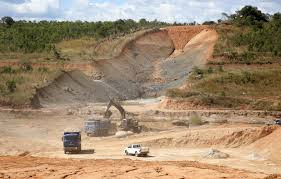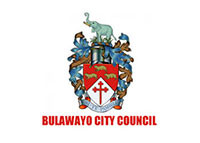
THE Kunzvi Dam project, located on the Nyagui River, has achieved a major breakthrough, with construction now 57% complete, marking significant progress in the development of this critical water infrastructure.
Once completed, the dam is expected to provide a lasting solution to Harare’s chronic water supply challenges and benefit surrounding communities.
The project, which aims to alleviate persistent water shortages in the capital and its satellite areas, will also supply potable water to key growth points and rural service centres, including Juru Growth Point, Musami Rural Service Centre, Cross Business Centre, and Majuru Growth Point.
Additionally, the reservoir will bolster water supply to the eastern parts of Harare, easing pressure on the city’s overstretched water infrastructure.
Speaking to the Zimbabwe Independent, Marjorie Munyonga, Zimbabwe National Water Authority head of corporate communications and marketing, said the project was on schedule.
“Construction of Kunzvi Dam in Mashonaland East remains on course, with the dam now 57% complete,” she said.
“The government has targeted the dam for completion in 2025.
“Current work on the project includes construction of the intake tower, steel fixing on the outlet works, excavation and hauling of core and fill material, placement of riprap, and slope trimming.”
- Water shortages hit Gutu-Mpandawana
- Feature: Model shift: Climate change forces Zim to finally take up irrigation
- Funding challenges hit Zim dam projects
- New water policy brings less sharing, more spying.
Keep Reading
Beyond improving urban water provision, the dam is expected to transform agriculture in the region by supplying irrigation water to nearby communities.
This will enhance agricultural productivity, improve food security, and boost the local economy, offering long-term socio-economic benefits.
The Kunzvi Dam project was first proposed in the 1990s by the then-Department of Water Development, which sought to build a new reservoir on the Nyagui River to address Harare’s growing water demand.
However, the project was dormant for decades, leaving the city to struggle with worsening water shortages.
For years, Harare’s water crisis has fuelled outbreaks of water-borne diseases, including dysentery, diarrhoea, and cholera.
The cholera epidemic of 2008, which claimed over 4 500 lives nationwide, underscored the urgent need for sustainable water solutions.
In 2021, the government ramped up efforts to address the crisis by allocating funds for the construction of 10 major dams to promote small-scale agricultural irrigation, increase food production, and harness water for domestic, industrial, and municipal use.
The key projects include Kunzvi Dam (US$109 million), Gwayi-Shangani Dam (US$600 million), and Silverstroom (Mbada) Dam (US$171 million), along with Vungu Dam (US$87 million), Ziminya Dam (US$132 million), Bindura Dam (US$84 million), Dande Dam, Chivhu Dam (US$192 million), and Tuli-Manyange Dam (US$38 million).
The completion of Kunzvi Dam is expected to have far-reaching positive impacts on the region, alleviating Harare’s water supply challenges while advancing economic development through increased agricultural productivity.






